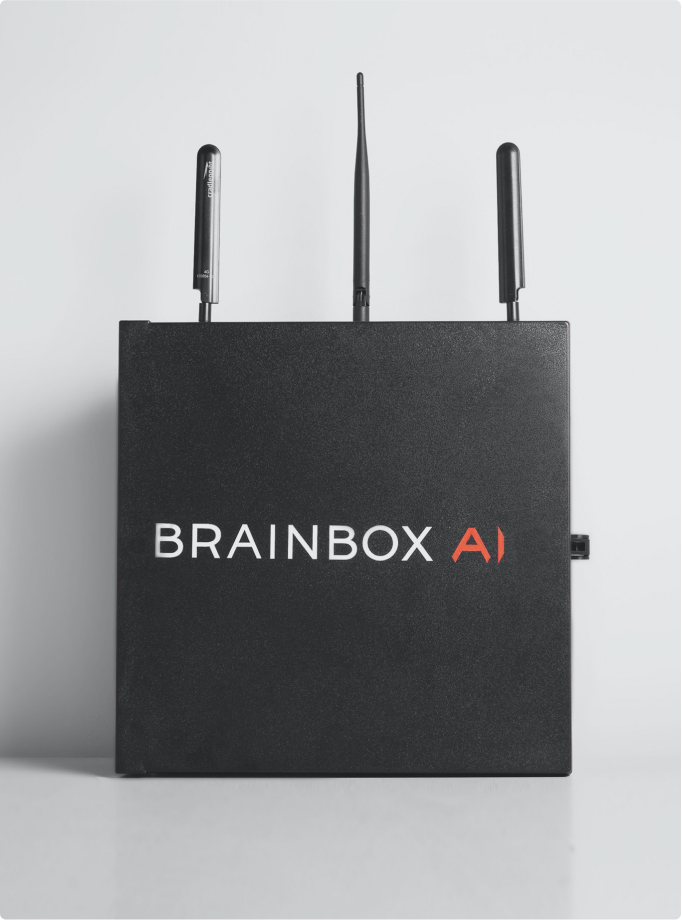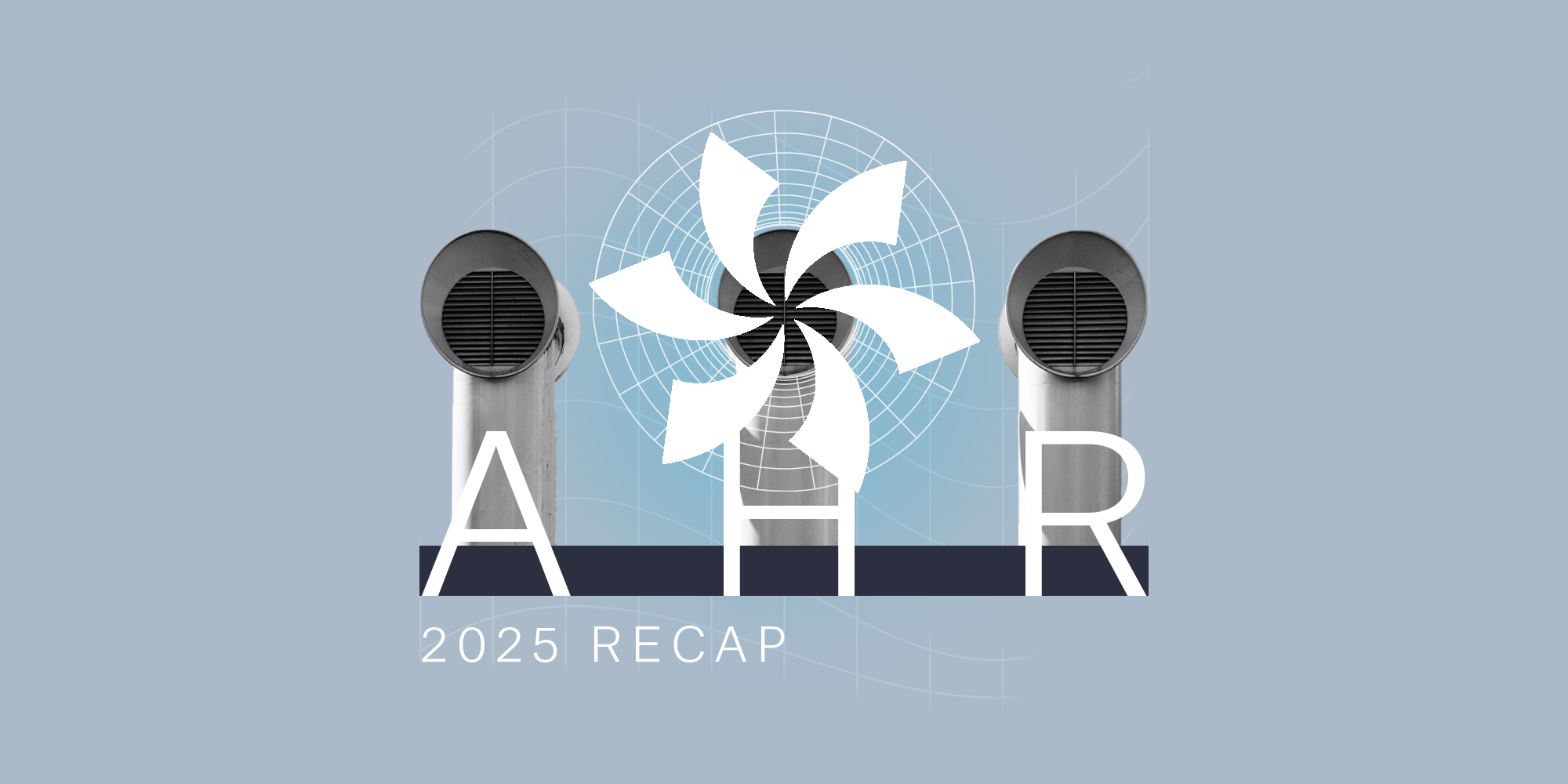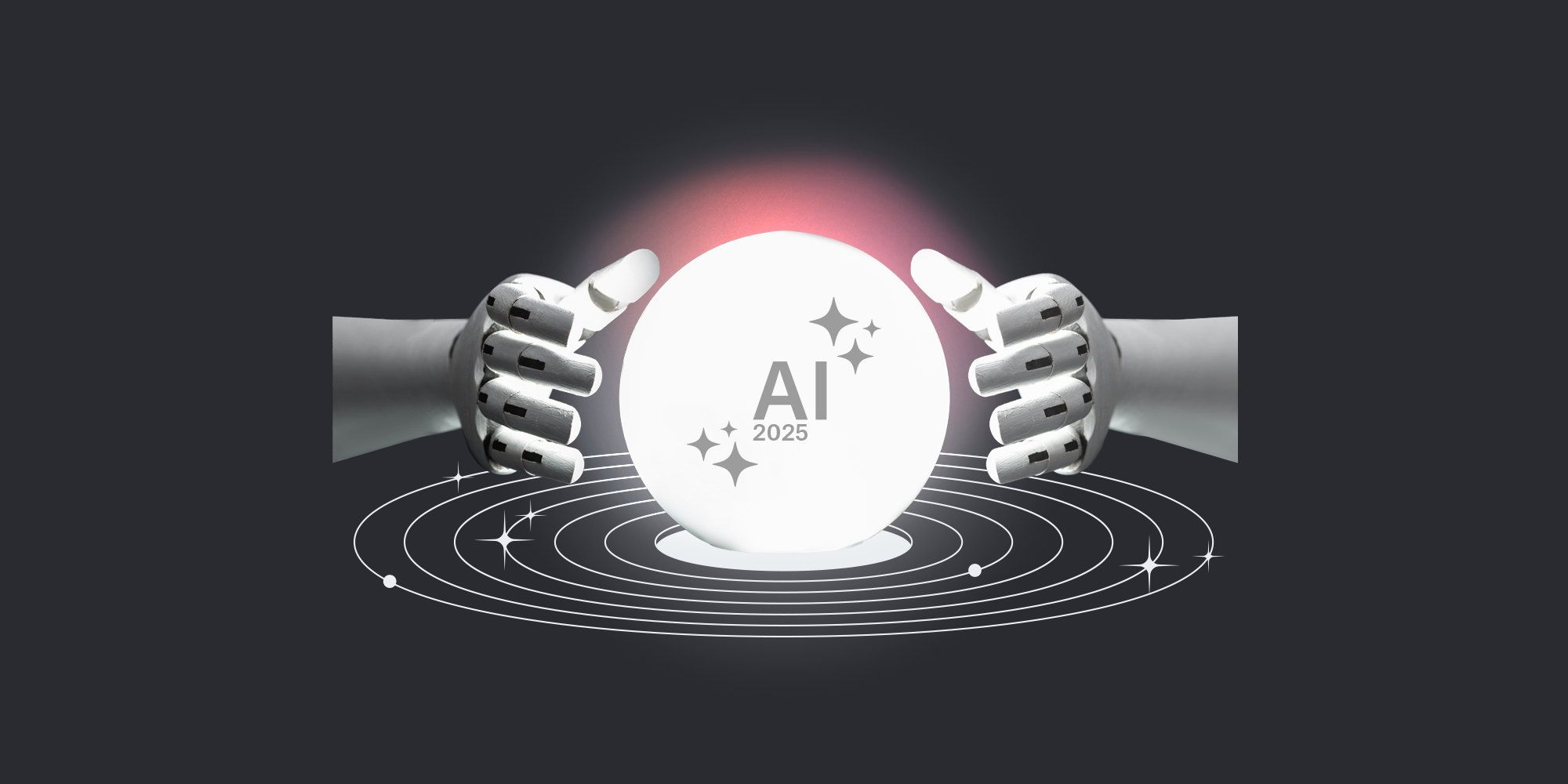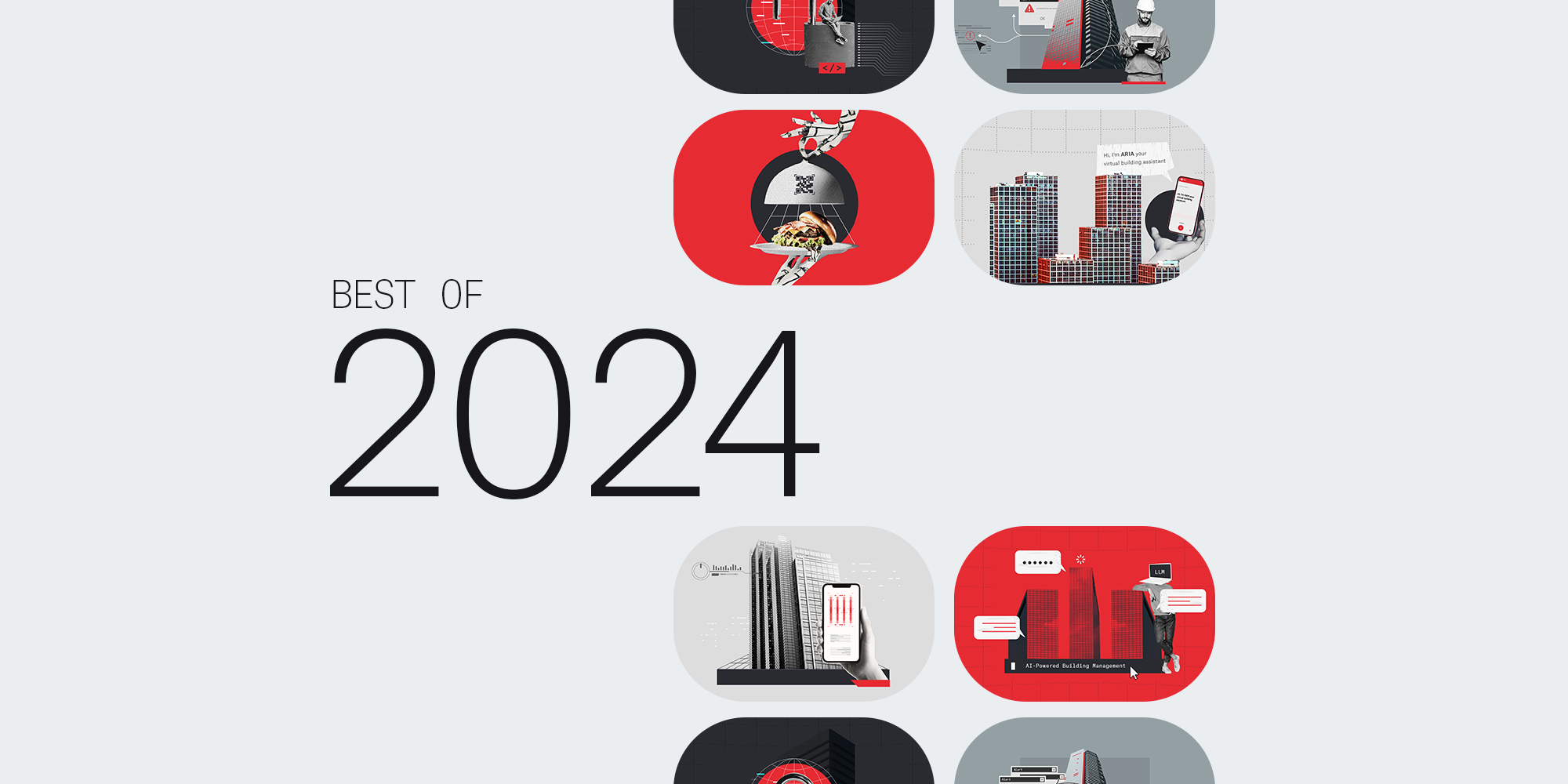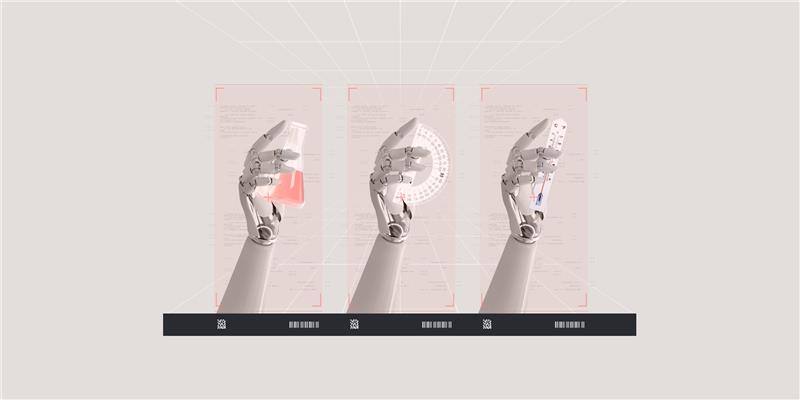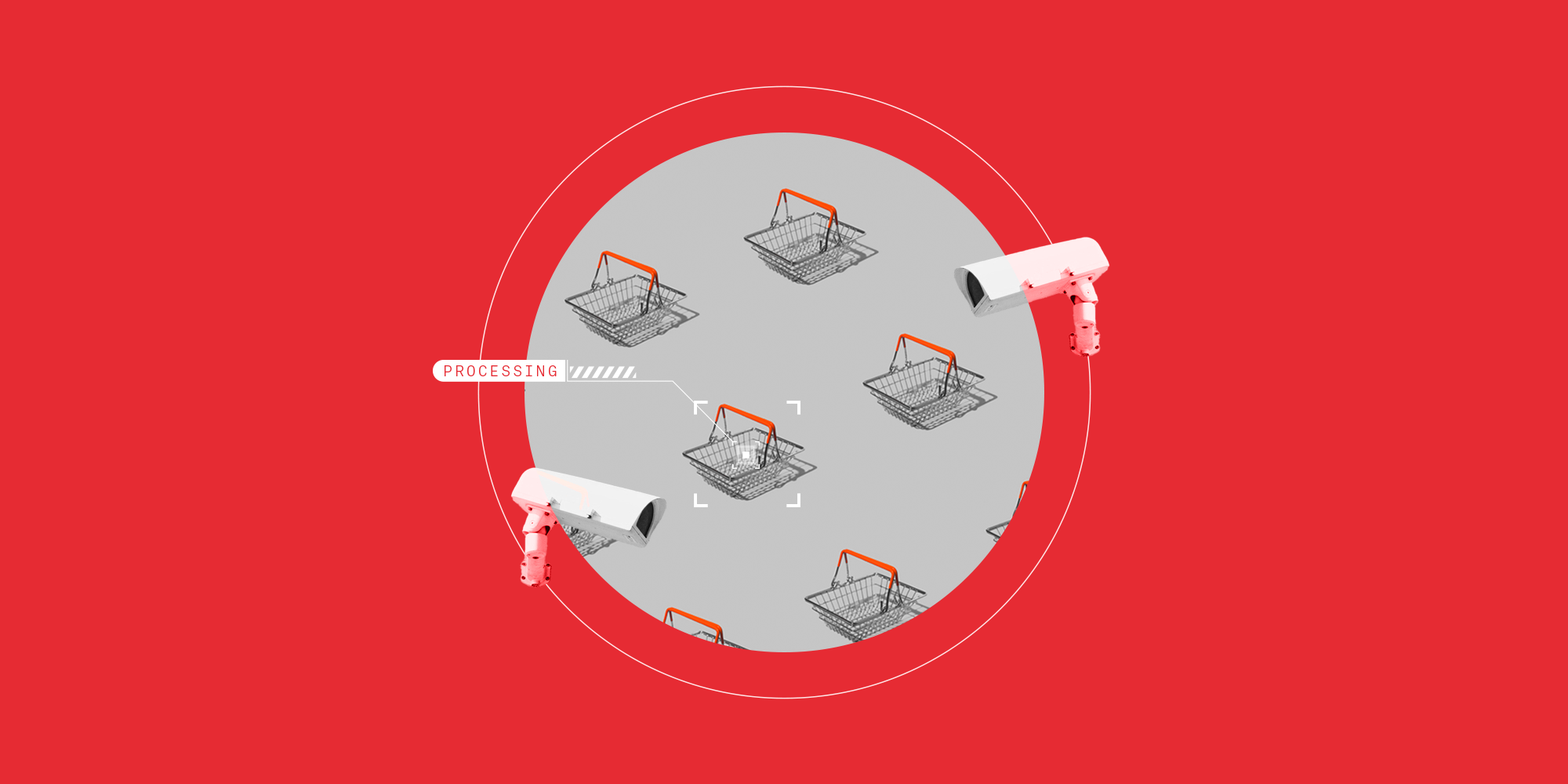The evolution of building management: From elevators to AI
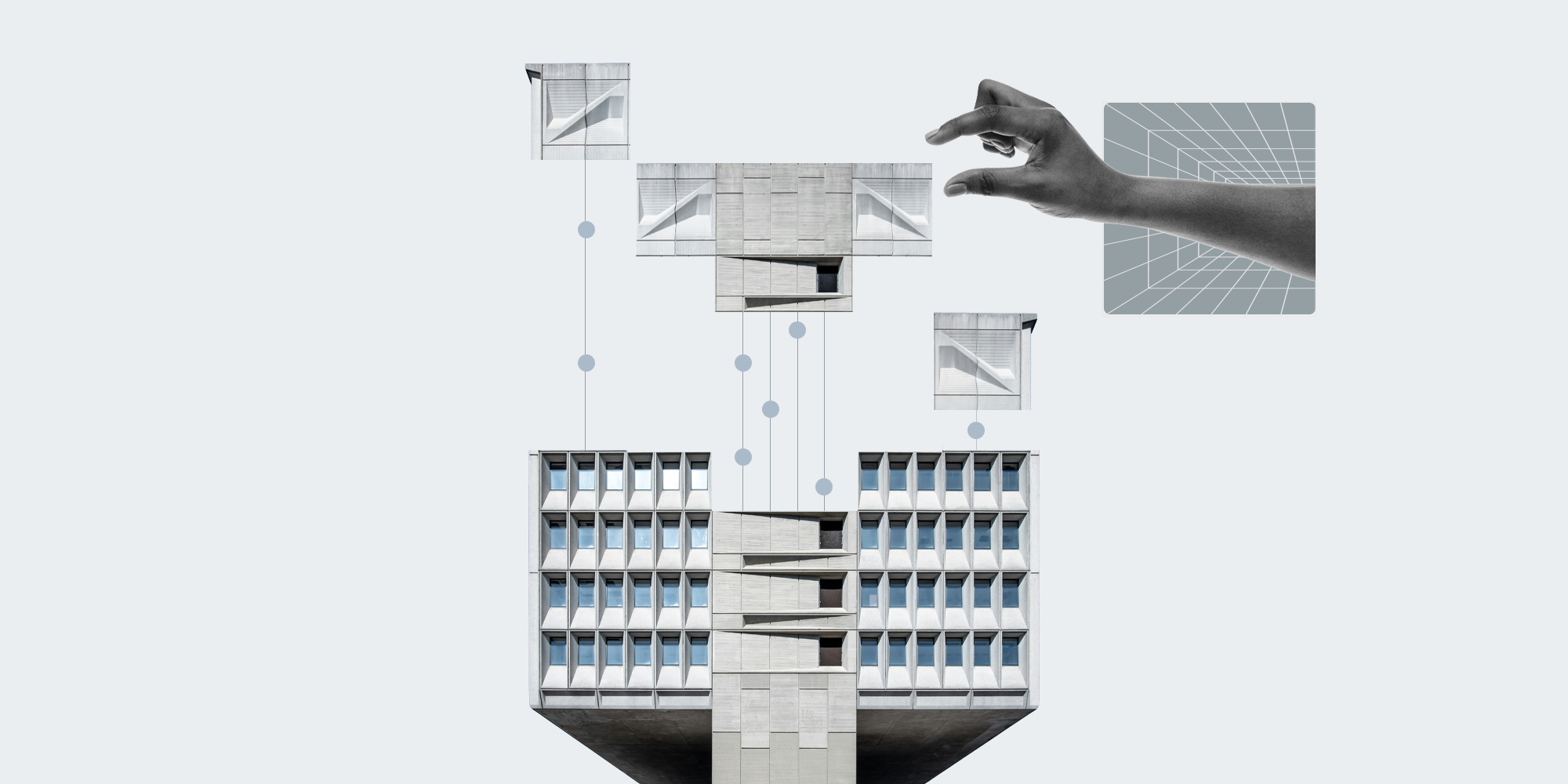
Key takeaways
- Before the 19th century, building management was all about natural ventilation, daylighting, and manual heating.
- The introduction of mechanical systems like elevators, electric lighting, and centralized heating marked the dawn of modern building management.
- Willis Carrier invented air conditioning in 1902, revolutionizing indoor climate control and comfort.
- BMS and BAS helped integrate control of building systems.
- The smart building concept emerged in the early 2000s, leveraging IoT for unprecedented efficiency, comfort, and security.
- AI and machine learning introduced predictive and adaptive management of building operations.
Building management has come a long way from employing workers to manually fan castles.
Over the last few hundred years, it’s transitioned from manual operations and simple mechanical systems to highly automated, integrated systems that manage everything from heating and cooling to security and energy efficiency.
Below is an overview of the key milestones and technologies that have shaped the field and made our lives infinitely more comfortable.
Pre-20th Century: The foundations

- Pre-19th century: Before the 19th century, building management was primarily manual, relying on clever architecture, natural resources, and manual efforts for lighting, ventilation, and heating. Courtyards, atriums, vented roofs, and strategically placed windows and doors were used to promote airflow within buildings – and, in some cases, servants or workers would manually fan areas to circulate air. Strategically placed windows maximized light and large fireplaces, heat-absorbing stone and brick, and the intelligent use of architecture to capture and store solar heat kept inhabitants warm and cozy.
- Early 1800s: The Industrial Revolution brought about innovations in materials and construction techniques, enabling larger, more complex buildings.
Early 20th century: The rise of mechanical systems

- 1900s: The introduction of mechanical systems, like elevators, electric lighting, and centralized heating, marked the early stages of building management technology. These were primarily mechanical, requiring human operation or supervision.
- 1902: The invention of air conditioning by Willis Carrier in the early 20th century revolutionized building environments, finally making it possible to control indoor climates.
- 1930s-1950s: The use of pneumatic controls marked the beginning of building automation. These systems used compressed air to control heating, ventilation, and air conditioning (HVAC) equipment. Thermostats would regulate air pressure to control dampers and valves, automating temperature and ventilation adjustments.
Mid-20th Century: Electrical and electronic control

- 1950s-1960s: The proliferation of electrical and electronic control systems enabled more sophisticated management of building functions. This included basic automation of heating, ventilation, and air conditioning (HVAC) systems, and the introduction of electric lighting control.
- 1970s: The energy crisis of the 1970s spurred innovations in energy management and efficiency, leading to the development of more advanced HVAC control systems to save energy.
Late 20th Century: Computerization and integration

- 1980s: The advent of computer technology led to the development of Building Management Systems (BMS), also known as Building Automation Systems (BAS). These systems integrated various building functions, including HVAC, lighting, and security, into a single, computer-controlled operation.
- 1980s-1990s: The digital revolution introduced microprocessors and digital controls, leading to the development of more sophisticated BMS. These systems were capable of handling complex algorithms for optimizing energy use, improving indoor air quality, and enhancing security systems. Networking capabilities allowed for centralized management of multiple buildings.
- 1990s: The introduction of the Internet and advancements in networking technology allowed for remote monitoring and management of building systems, enhancing the capabilities of BMS/BAS.
- Late 1990s-2000s: The adoption of open protocols (e.g., BACnet, LonWorks) facilitated the integration of systems from different manufacturers. This era also saw the rise of Internet connectivity, enabling remote monitoring and management, predictive maintenance, and data analytics.
21st Century: Smart buildings and IoT

- 2000s: The concept of "smart buildings" emerged, leveraging the Internet of Things (IoT) to connect a wide range of devices and systems within buildings for improved efficiency, comfort, and security.
- 2010s: Advancements in sensors, wireless technology, and data analytics enabled more sophisticated and autonomous building management solutions. Integration with renewable energy sources and emphasis on sustainability became increasingly important.
- 2020s: Today, building management encompasses AI and machine learning for predictive maintenance, energy optimization, and personalized comfort settings. The focus is on creating more sustainable, resilient, and occupant-centric environments.
What’s next? The future of building management
.jpg?width=5389&height=3593&name=nick-wessaert-JI01fn0U7Cg-unsplash%20(1).jpg)
This evolution of building management is a testament to human ingenuity and the ongoing quest for more efficient, comfortable, and sustainable living and working environments. The rise of pneumatic controls, electric and electronic controls, computer-based systems, digital controls with microprocessors, the adoption of open protocols, and the integration of IoT devices have all paved the way for building management as we know it today.
As we look to the future, emerging technologies, like legacy and generative AI, will undoubtedly continue to shape the development of building management, making buildings even smarter, more efficient, and more sustainable.
Discover how AI-driven HVAC solutions can bring your building into the future.

